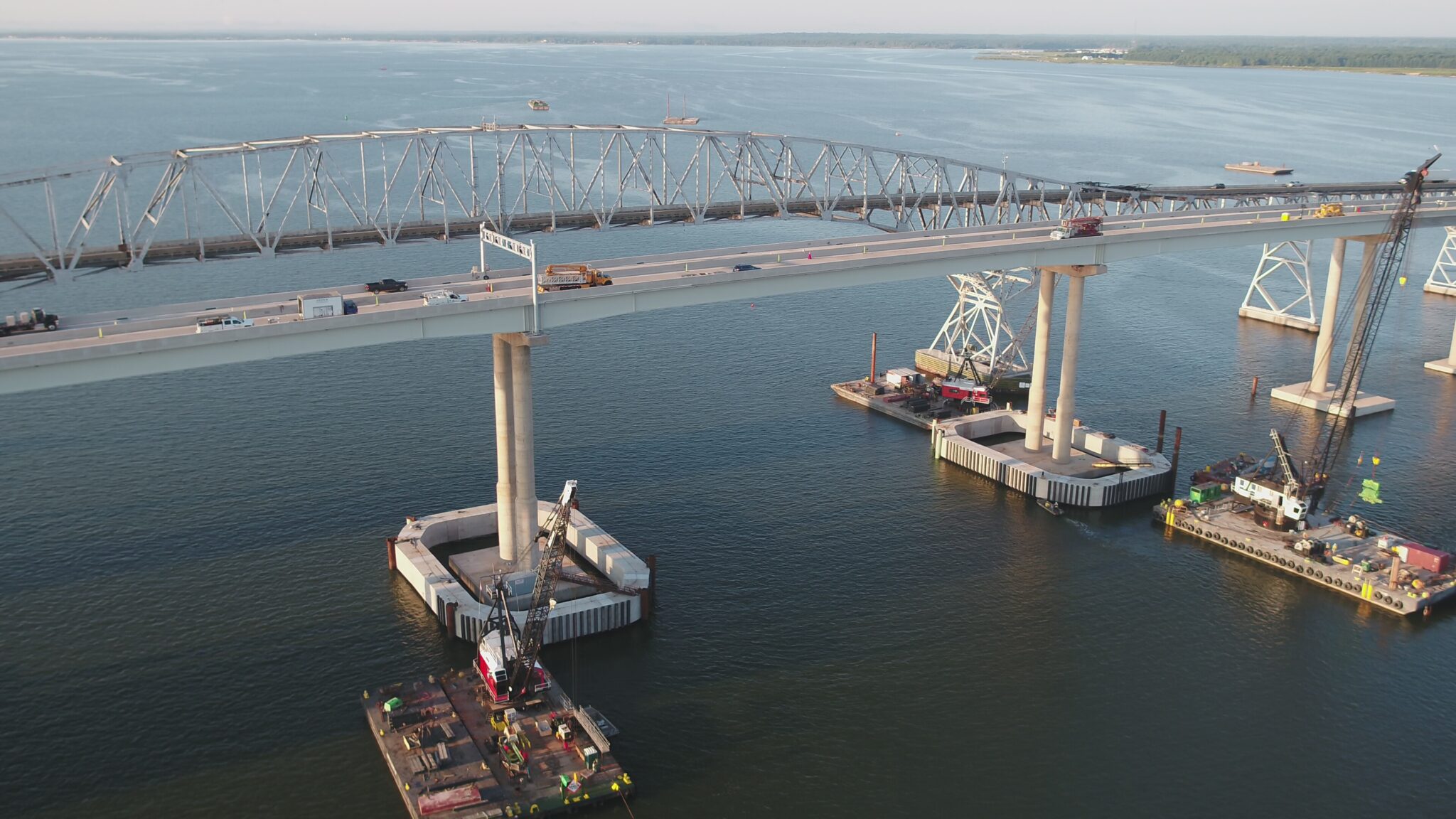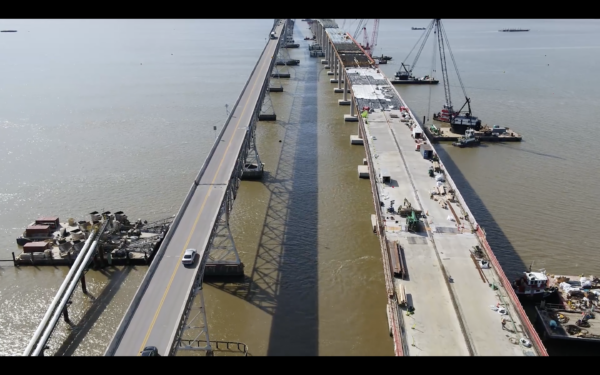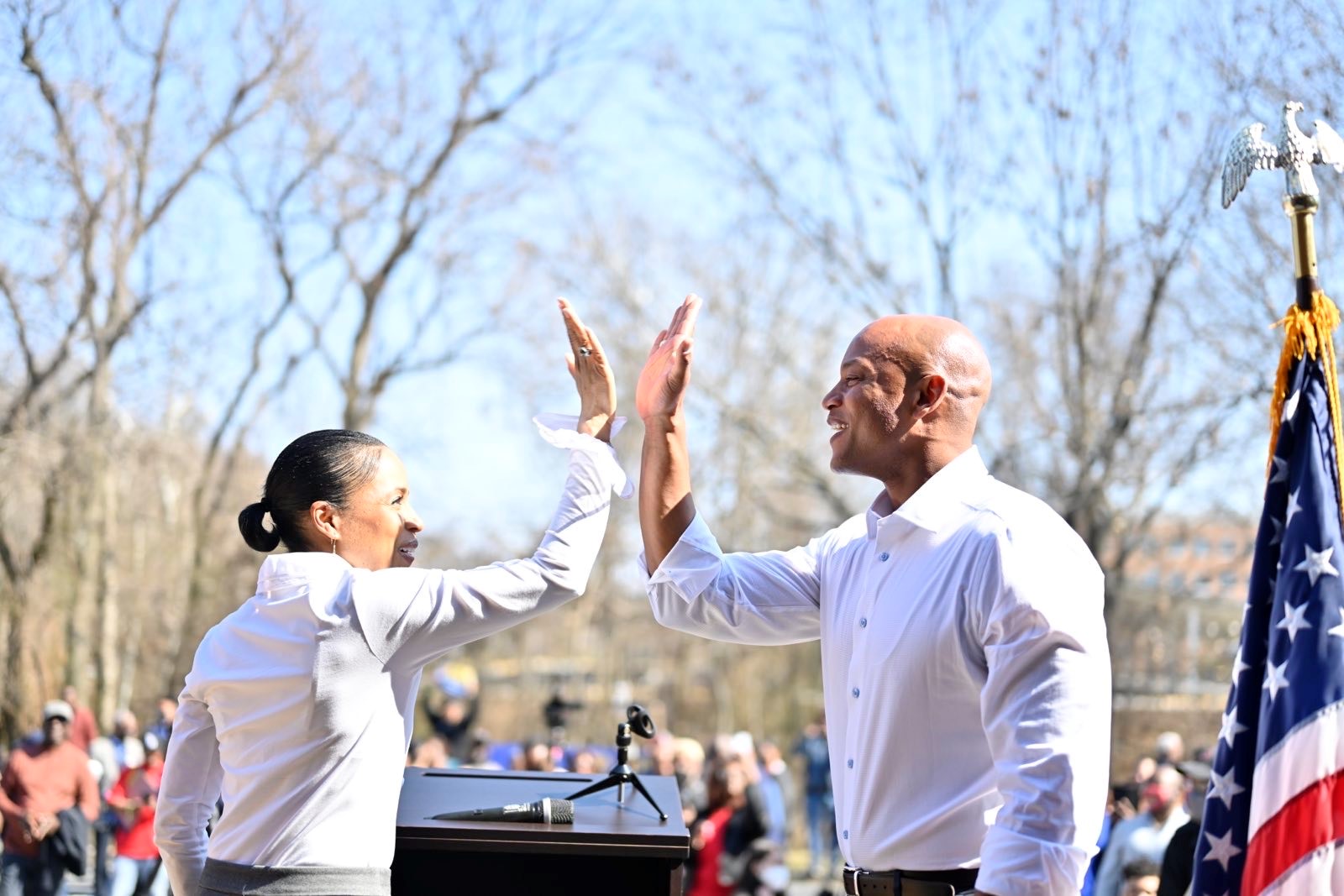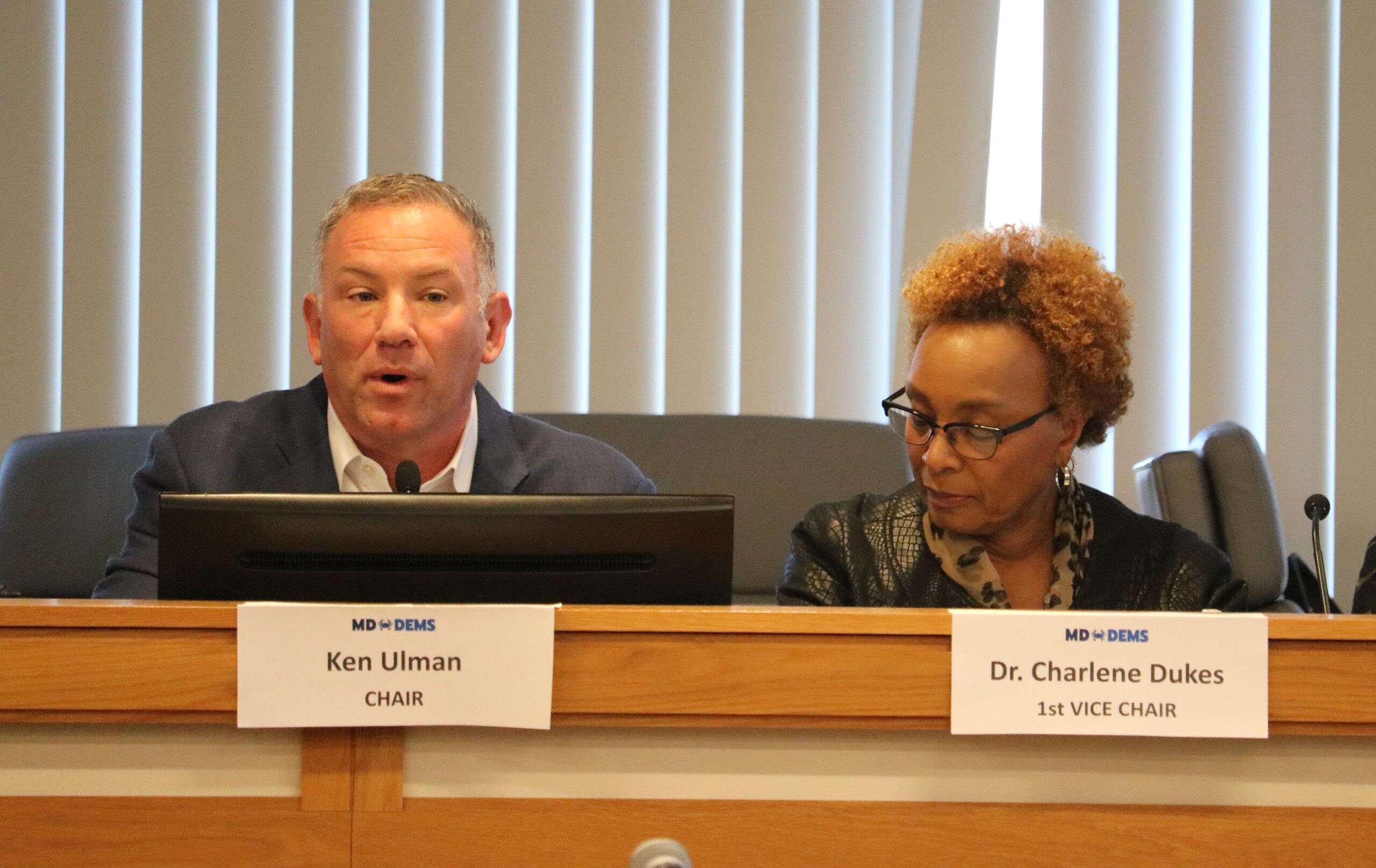Transportation Authority moves ahead with bike access on Nice-Middleton Bridge

Maryland Transportation officials are moving forward with a plan for cyclists to cross the new Governor Harry W. Nice Memorial/Senator Thomas ‘Mac’ Middleton Bridge.
Limited access to the bridge, similar to that of the Thomas J. Hatem Memorial Bridge, left cycling advocates frustrated. Eric Brenner, past chair of the Maryland Bicycle/Pedestrian Advisory Committee, expressed disappointment in the final plan. He said few good options remained after state transportation officials under then-Gov. Larry Hogan (R) failed to build a new Potomac River crossing that incorporated bike and pedestrian access.
“The Nice Bridge stuff was a can’t-win situation the way it was set up,” Brenner said.
“I’m reluctant to even beat them up too much for what they decided to do,” he added, speaking of the Department of Transportation under Hogan’s successor Gov. Wes Moore (D).
The Maryland Transportation Authority announced that cyclists will be able to cross the Potomac using the span — which connects Charles County, Md. to King George County, Va. — on weekends and holidays. The announcement followed a public comment period that ended May 10.
The agency released no statement with the announcement. A spokesperson did not immediately respond to a request for comment.
In May, the agency, in an unattributed statement said: “Public input and safety of bicyclists and motorists are paramount.”
The agency received dozens of comments taking up 19 pages in a summary. Many were critical of the plan.
“This is the dumbest, unsafest design I could possibly imagine. I’d be safer swimming with my bike,” said one commenter whose name the agency redacted.
“I don’t think there should be any bicycles allowed to cross the bridge. It would affect the flow of traffic from the nice flow we’ve seen since the new bridge opened. Major highways are meant to move traffic, it’s not meant to be a scenic leisurely drive,” according to another comment taken from an online survey by the agency.
There were a few positive comments.
“I would ride over any day of the week excluding commuting times and high traffic times. I think the signs directing drivers to move into the left lane when they encounter a cyclist would help motorists to not be held up by cyclists,” according to a comment left during an April 26 public meeting on the plan.

The new Nice/Middleton Bridge in Southern Maryland and the existing span of the same name. Maryland Transportation Authority image.
The new four-lane, 1.7-mile bridge opened in October. It replaced a 75-year old, two-lane span along Route 301.
The Maryland Transportation Authority, which operates the toll bridge, announced Tuesday that limited bike access would be allowed over the new span.
The, plan, which goes into effect June 10, will allow cyclists full use of the far-right travel lanes on both the north and the south bound sides of the bridge. Cyclists would push a button as they enter the bridge, triggering flashing lights to alert motorists of their presence.
The warning system would operate for 10-15 minutes to allow a crossing. The cyclist would continue to share the 12-foot-wide lane with motor vehicles.
The crossing is restricted to cyclists who are 18 or older or who hold a valid driver’s license. Access is restricted to dawn to 10 a.m. and 4 p.m. to dusk on Saturdays; dawn to noon and 6 p.m. to dusk on Sundays; and dawn to dusk on state holidays.
This plan allowing cyclists to cross the Potomac River is similar to the system allowing cyclists to cross the Susquehanna River using the Thomas J. Hatem Memorial Bridge. That 1.3-mile toll bridge connecting Havre de Grace to Cecil County was the first in Maryland to allow bike access.
Originally, cyclists had limited daily access on the Hatem Bridge. Later, that access was reduced to weekends and state holidays from dawn to dusk.
“It’s very light use and it’s intentionally meant to discourage people from using it,” Brenner said of the Hatem Bridge.
“They’re making the best of a bad situation but to say that this is the model to go after for the new bridge was just a huge stretch for them to make,” Brenner said. “I think even they know that this is just a terrible option but it’s easy enough to say we’re already doing on the Hatem Bridge, so we’ll do it on the Nice Bridge.”
The new crossing replaces the original two-lane bridge which was steep, narrow and lacked a shoulder or barrier separating northbound and southbound lanes.
Hogan and state transportation officials deemed that aging structure too old to be rehabilitated. Hogan and his transportation secretary Pete Rahn initially promised a modern crossing that would include space for bike and pedestrian access.
Those plans fell by the wayside. Advocates hoped transportation officials would keep the aging structure for bicycle and pedestrian use. The effort to save the older structure landed in federal court where a judge ruled in favor of allowing the state to move forward with plans to raze the bridge. That left few options for cyclists.
“That’s the crime of the missed opportunity of the Nice Bridge,” said Brenner. “You had this thing already there and took it away.”
Brenner said recently appointed transportation secretary Paul Wiedefeld and his department “were handed this hot potato. They hated it. They’re not happy, so wrap it up move on.”




 Creative Commons Attribution
Creative Commons Attribution